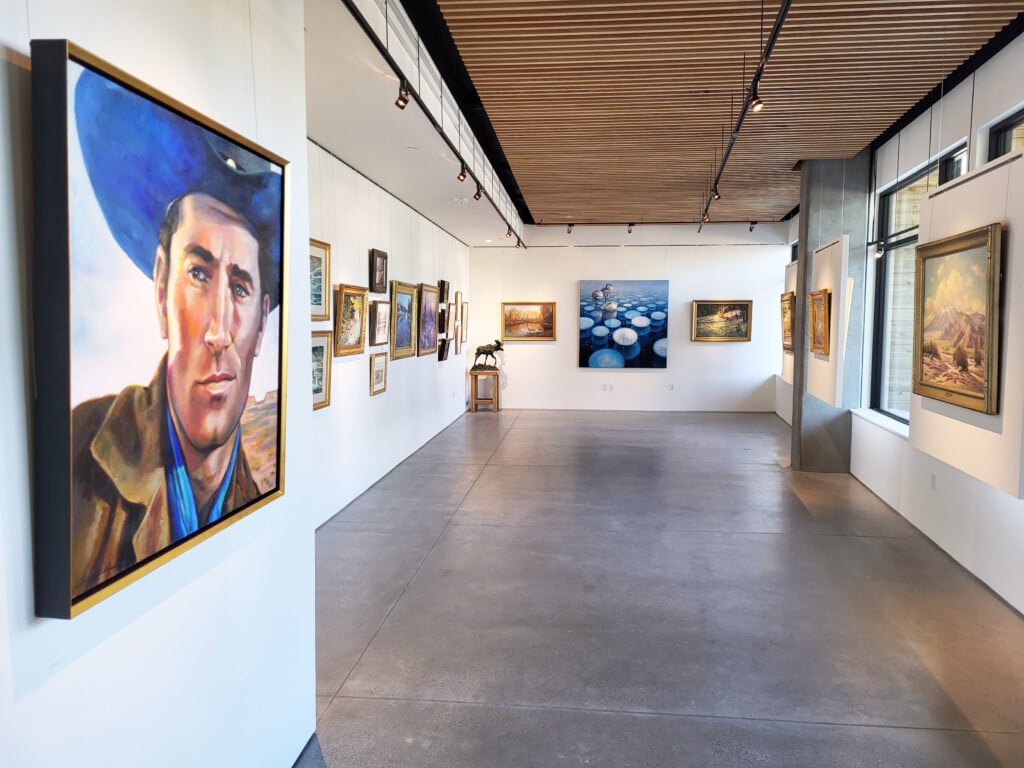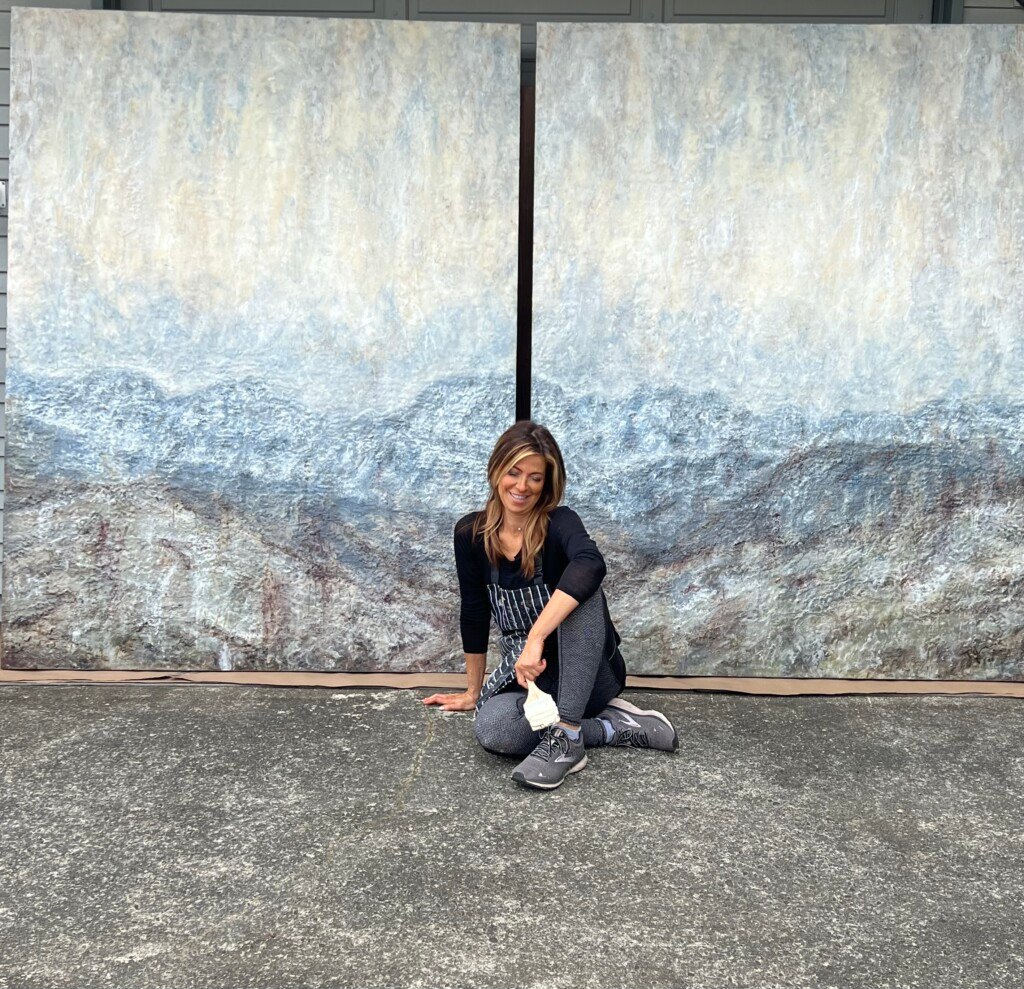Explore the Art of Cartography at the Resnick Center for Herbert Bayer Studies
The Aspen Institute opens a grand exhibition to honor artist Herbert Bayer’s contributions to geography and map design

Herbert Bayer, World Geo-Graphic Atlas: A Composite of Man’s Environment (Chicago: Container Corporation of America, 1953)
Herbert Bayer was a man of many artistic talents. The Austrian and American graphic designer, painter, sculptor, and architect was born in Haag, Austria in 1900. The gifted artist studied at the highly acclaimed Bauhaus in Germany in his early years, before immigrating to the US in 1938. It was Herbert’s involvement in Aspen, Colorado’s postwar revitalization between 1946 to 1975 that makes him an integral figure in Aspen’s history.

Herbert Bayer, World Geo-Graphic Atlas: A Composite of Man’s Environment (Chicago: Container Corporation of America, 1953)
Surrounded by the majestic peaks of the Elk Mountains, the Resnick Center for Herbert Bayer Studies is a new exhibition space and center for the study of art located on the Aspen Institute’s campus. Named after Herbert Bayer, the Bayer Center honors his interdisciplinary perspective by promoting an understanding of art and design through exhibitions and public programming. The center’s latest exhibition, Concept of a Visualist: Herbert Bayer’s World Geo-Graphic Atlas, debuts in June 2023 and examines Bayer’s 1953 World Geo-Graphic Atlas, a landmark work of visual education and modernist design. “This exhibition is a springboard to exploring the atlas and its relevance to the world today,” explains curator Andrew Travers. “It includes sections on Bayer’s visual representation of the known universe, the groundbreaking ways he told the stories of states and countries (in maps, illustrations and data visualization), and ways he represented the world and explored cartography.”
Providing a lens into the post World War II world, the 368-page book includes physical and political maps, thematic maps, illustrations of products and resources, cross-sections of land, graphs, and charts. Visitors can take a step back in time while viewing these historic images. “Herbert Bayer had an expansive vision for the arts, and the commission to design the World Geo-Graphic Atlas provided Bayer opportunities to synthesize and develop the themes with which he had previously been engaged as a painter, illustrator, and exhibition designer,” says curator Benjamin Benus. “In this respect, the Atlas embodies Bayer’s humanistic belief that the arts can integrate disparate fields and facets of life into a unified whole.”

Herbert Bayer, World Geo-Graphic Atlas: A Composite of Man’s Environment (Chicago: Container Corporation of America, 1953)
In the seventy years since its publication, the atlas has come to occupy a key place within graphic design history. The Bayer Center hopes this exhibition introduces visitors of all ages to Bayer’s work, some which have never been on display. “A highlight of the exhibit is a replica of Bayer’s “Outside-In Globe” originally erected in 1943 for an exhibition at the Museum of Modern Art, New York,” says Travers. “The 8-foot-diameter immersive sculpture, suspended from the ceiling, allows viewers to step inside the globe and, as Bayer suggested, “consider the world as one.”
For further information on the exhibit, visit thebayercenter.org.







